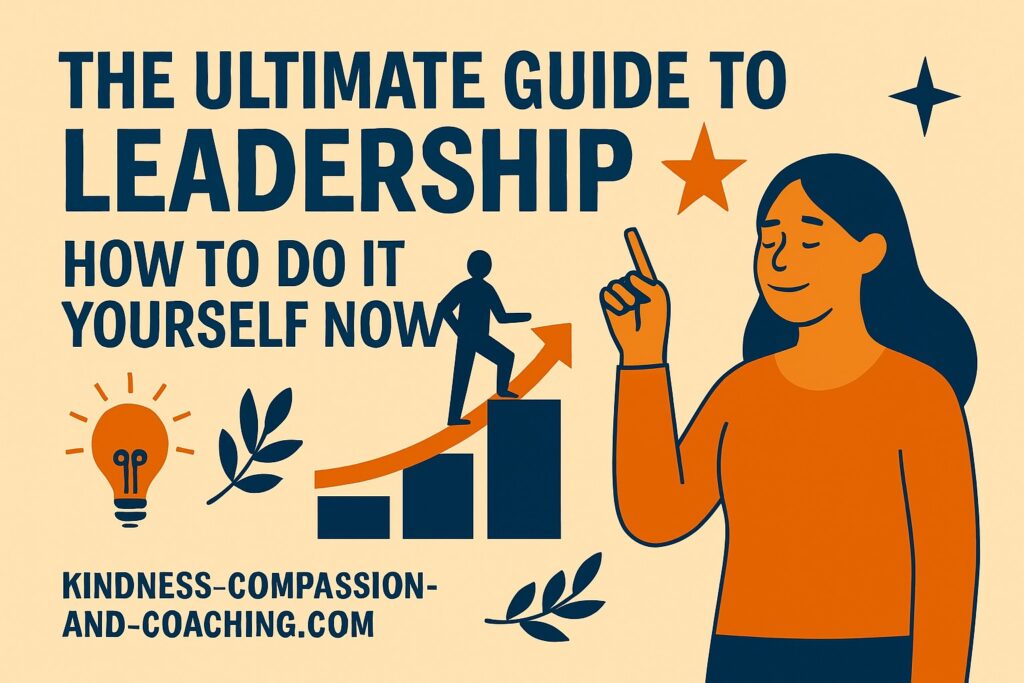Interacting with difficult people at the office is a common challenge that many face. While it can be tempting to avoid confrontation or acquiesce to their demands, mastering the art of appropriate assertiveness is a more effective and productive way to navigate these situations with confidence and professionalism. Today, we discuss key strategies to help you be appropriately assertive at work.
Understand What It Looks Like to Be Assertive at Work
Assertiveness is the ability to express your thoughts, feelings, and needs in a respectful and confident manner while also considering the viewpoints of others.
Being appropriately assertive at work can help you set boundaries, communicate effectively, and stand up for your rights without being aggressive or passive.
Practice Self-Awareness and Emotional Intelligence
Before engaging with a difficult person, take time to reflect on your emotions, triggers, and desired outcomes.
Self-awareness can help you manage your reactions, stay composed, and communicate assertively without resorting to frustration or anger.
Utilize emotional intelligence by recognizing and managing your own emotions, as well as understanding the emotions and perspectives of the difficult person.
Emotional intelligence allows for improved self-awareness, empathy, and relationship management, enabling you to navigate challenging interactions with compassion and composure.

Set Clear Expectations
Set clear expectations by outlining roles, responsibilities, goals, and communication norms with difficult individuals to prevent misunderstandings and promote accountability.
Setting clear expectations establishes a framework for collaboration, reduces ambiguity, and encourages alignment on objectives, facilitating smoother interactions and outcomes.
Get Your Own Assertiveness Workbook
Use Assertive Communication and “I” Statements
Employ assertive communication by expressing your thoughts, feelings, and boundaries clearly and confidently, while also respecting the viewpoints of others.
Assertive communication sets healthy boundaries, promotes mutual understanding, and enhances conflict resolution by fostering open and honest dialogue.
When expressing concerns or setting boundaries, use “I” statements to focus on your feelings and perspective rather than placing blame. Instead of saying, “You always interrupt me during meetings,” try saying, “I feel frustrated when I am interrupted in meetings.”
Find More Assertiveness Training Resources
Active Listening is Essential to Be Assertive at Work
When engaging with a difficult person, practice active listening by fully focusing on what they are saying, without interrupting or formulating your response prematurely. Active listening includes giving the difficult person an opportunity to express their thoughts and feelings.
Validate their perspective by acknowledging their feelings and demonstrating empathy, even if you disagree with their point of view.
Active listening demonstrates respect, empathy, and understanding, which can help de-escalate conflicts and establish a foundation for constructive communication.
Set Clear Boundaries to Be Assertive at Work
Clearly communicate your boundaries, expectations, and limits with difficult people to ensure mutual respect.
Consistently reinforce your boundaries and be firm in upholding them to prevent them from being crossed.
Learn How to Say No, Set Boundaries, and Find Peace
Use Conflict Resolution Techniques to Be Assertive at Work
Apply conflict resolution techniques, such as reframing perspectives, finding common ground, and seeking win-win solutions, to address conflicts with difficult individuals.
Conflict resolution techniques facilitate productive discussions, promote compromise, and foster collaboration, leading to mutually beneficial outcomes and strengthened relationships.
Collaborate with the difficult person to identify mutually beneficial solutions and work together to address any underlying issues. Involve them in the decision-making process and seek their input to promote cooperation and a sense of ownership.
Get Your Copy of Conflict Resolution for Dummies
Maintain a Positive Tone
Use a calm and respectful tone when asserting yourself to convey assertiveness without aggression. Choose your words carefully to convey your message clearly and assertively without escalating the situation.
Provide positive reinforcement by acknowledging and appreciating the efforts, contributions, and strengths of difficult individuals to motivate them and build rapport.
Positive reinforcement boosts morale, encourages positive behavior change, and cultivates a supportive and encouraging work environment conducive to collaboration and growth.
Seek Support if Needed
Don’t hesitate to seek support from a trusted colleague, manager, or HR professional if you need assistance in dealing with a difficult person at work.
Consult with a mentor or coach for guidance on assertiveness techniques and strategies for managing challenging interactions.
How to Be Assertive at Work When Dealing with Difficult People
Mastering appropriate assertiveness is a valuable skill that can empower you to communicate effectively and assert your boundaries when dealing with difficult people at work.
By applying these strategies, you can navigate challenging interactions with confidence, professionalism, and respect.
Remember that being assertive does not mean being aggressive—it means standing up for yourself and communicating assertively while also fostering understanding and collaboration.
By cultivating assertiveness, you can establish healthy boundaries, build strong relationships, and create a positive work environment conducive to productivity and success.
Working with difficult people in the workplace can be challenging. Mastering effective communication strategies can help navigate conflicts, foster collaboration, and build positive relationships.
Thank you as always for reading.
If you haven’t yet subscribed, please visit KindCompassCoach and enter your email address so you never miss a post.
As Amazon Associates, we may receive a small commission (at no cost to you) for items purchased through links in this post.

Joan Senio is the founder of KindCompassCoach. Joan’s career includes clinical healthcare plus 20+ years as an executive in a nationwide health care system and 15 years as a consultant. The common threads throughout Joan’s personal and professional life are a commitment to non-profit organizations, mental health, compassionate coaching, professional development and servant leadership. Joan has had the privilege of mentoring early and mid-career professionals as well as current and future executives and leaders. She is a member of the International Organization of Life Coaches, serves as a thought-leader for KuelLife.com and is also a regular contributor to PsychReg and Sixty and Me. You can read more about Joan here: Joan Senio.













No Responses